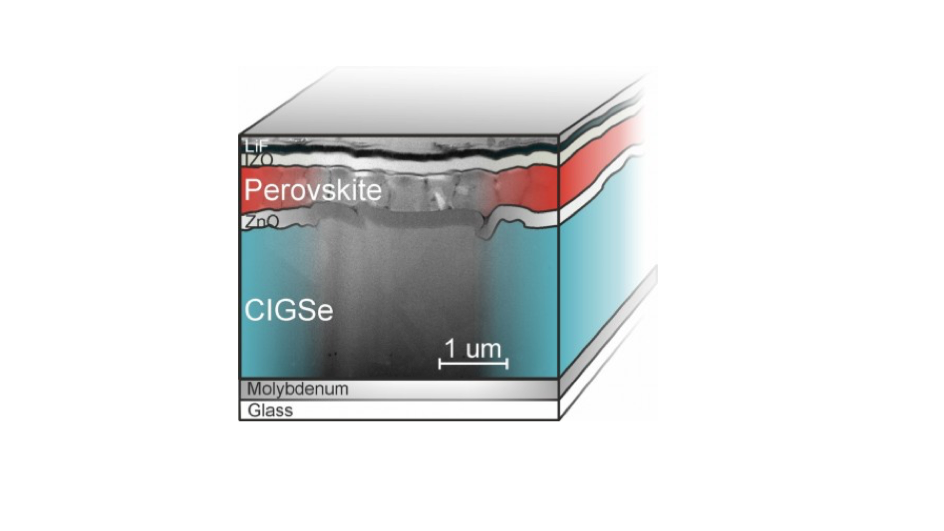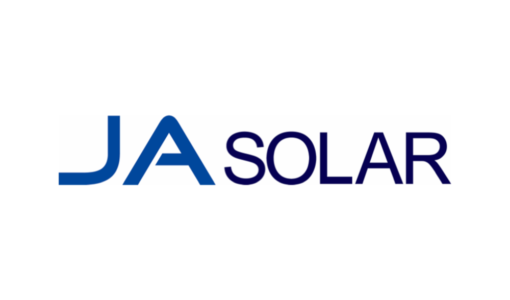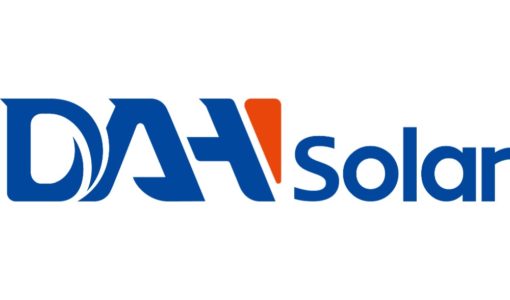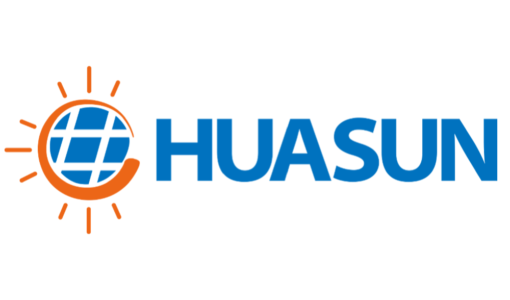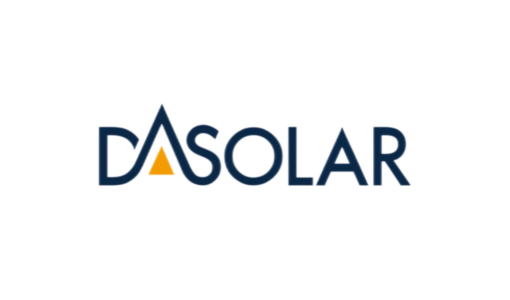- HZB of Germany builds the business case for tandem cells created with perovskite and CIGS thin-film solar cells using which it managed 21.6% conversion efficiency
- Along with TU Eindhoven, the HZB team achieved the efficiency level by applying an ultrathin conformant intermediate layer to the CIGSe layer and spin-coated the perovskite layer in the HZB HySPRINT lab
- Tandem cell itself was realized on an area of 0.8 square centimeters, which it says is significantly larger than the square-millimeter-sized areas that are common in laboratory research
Using pure perovskite and CIGSe thin-film solar cells to create a tandem solar cell, a team of scientists at the Helmholtz Zentrum Berlin (HZB) has achieved a power conversion efficiency of 21.6%. The team is confident it could go beyond 30% with further optimization.
The team combined CIGSe thin-film grown on a substrate with a thin layer of perovskite to create an irregular and rough CIGSe surface blocking the application of the perovskite top cell by wet-chemical methods.
To deal with this, the team, along with Dutch technology university TU Eindhoven, applied an ultrathin conformant intermediate layer to the CIGSe layer and spin-coated the perovskite layer in the HZB HySPRINT laboratory. This process helped the team achieve 21.6% conversion efficiency while keeping generated power stable.
According to the researchers, the research builds a case for CIGSe perovskite tandem cells to reach the efficiency levels of tandem cells made of silicon and perovskite. What works in the former case is the low use of material and energy consumption during their production. The tandem cell was realized on an area of 0.8 cm2 which is significantly larger than the square-millimeter-sized areas that are common in laboratory research, said HZB.
“It is also very important that this tandem cell was fabricated on a rough, untreated CIGSe bottom cell, which simplifies production and represents a huge advantage in the direction of industrialization,” said Prof. Rutger Schlatmann, director of the HZB Institute PVcomB.
HZB said it will have this tandem solar cell and its ‘enormous’ efficiency certified by an independent institution. The research was published in ACS Energy Letters.
In November 2018, HZB reported 25.5% conversion efficiency for perovskite silicon tandem solar cells using a polymer light management foil (see 25.5% Efficiency For Perovskite-Si Tandem PV Cells).
New office for BIPV projects
HZB has announced come spring and it will open a national consulting office for integrating photovoltaics into buildings. Funded by the Helmholtz Association as part of knowledge transfer for 4 years, the advice center will support builders, architects and urban planning with up-to-date specialist information and provide them with independent advice.
The center will be set up at the HZB Adlershof campus, in close proximity to PV research and technology companies.

